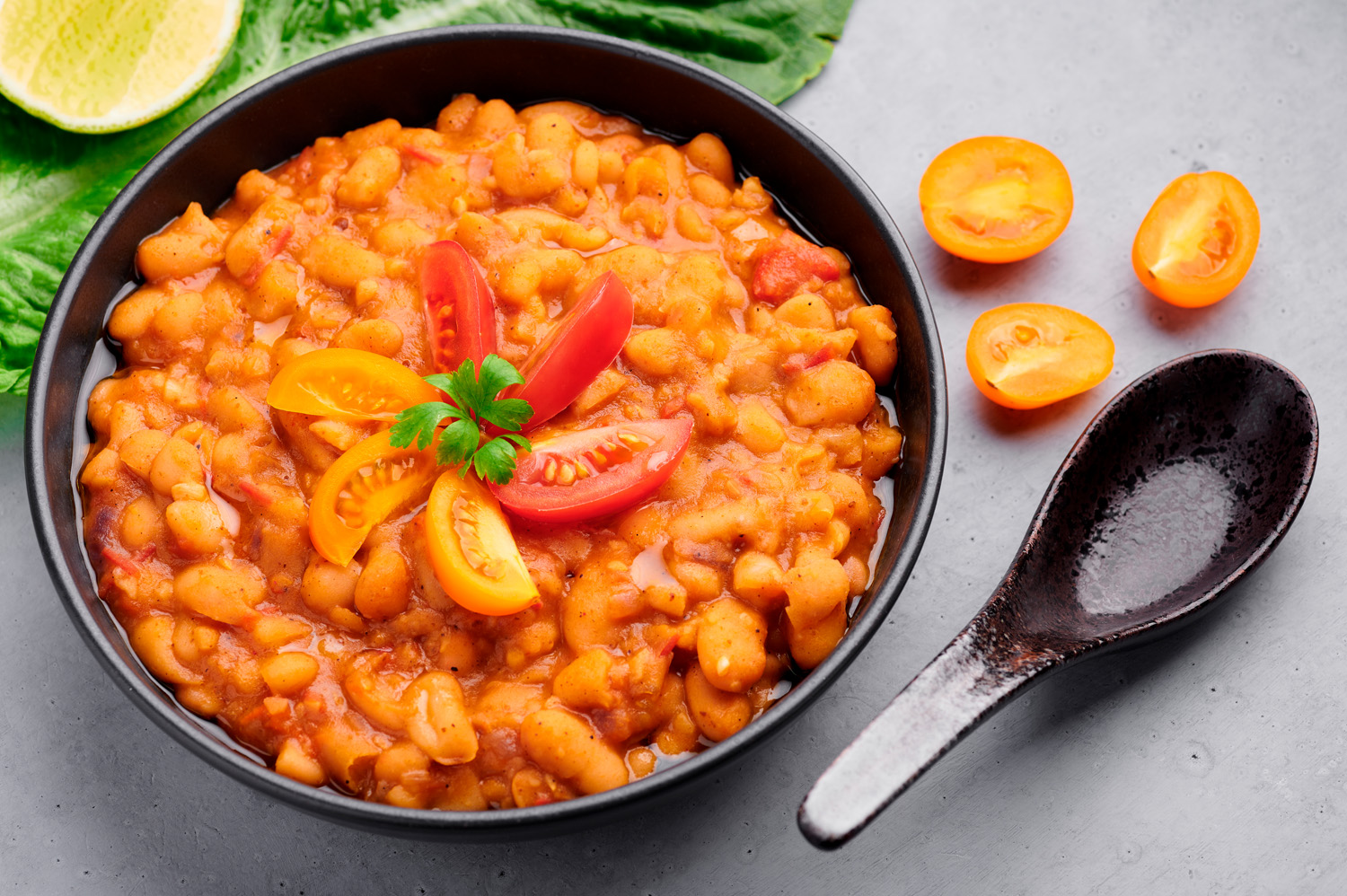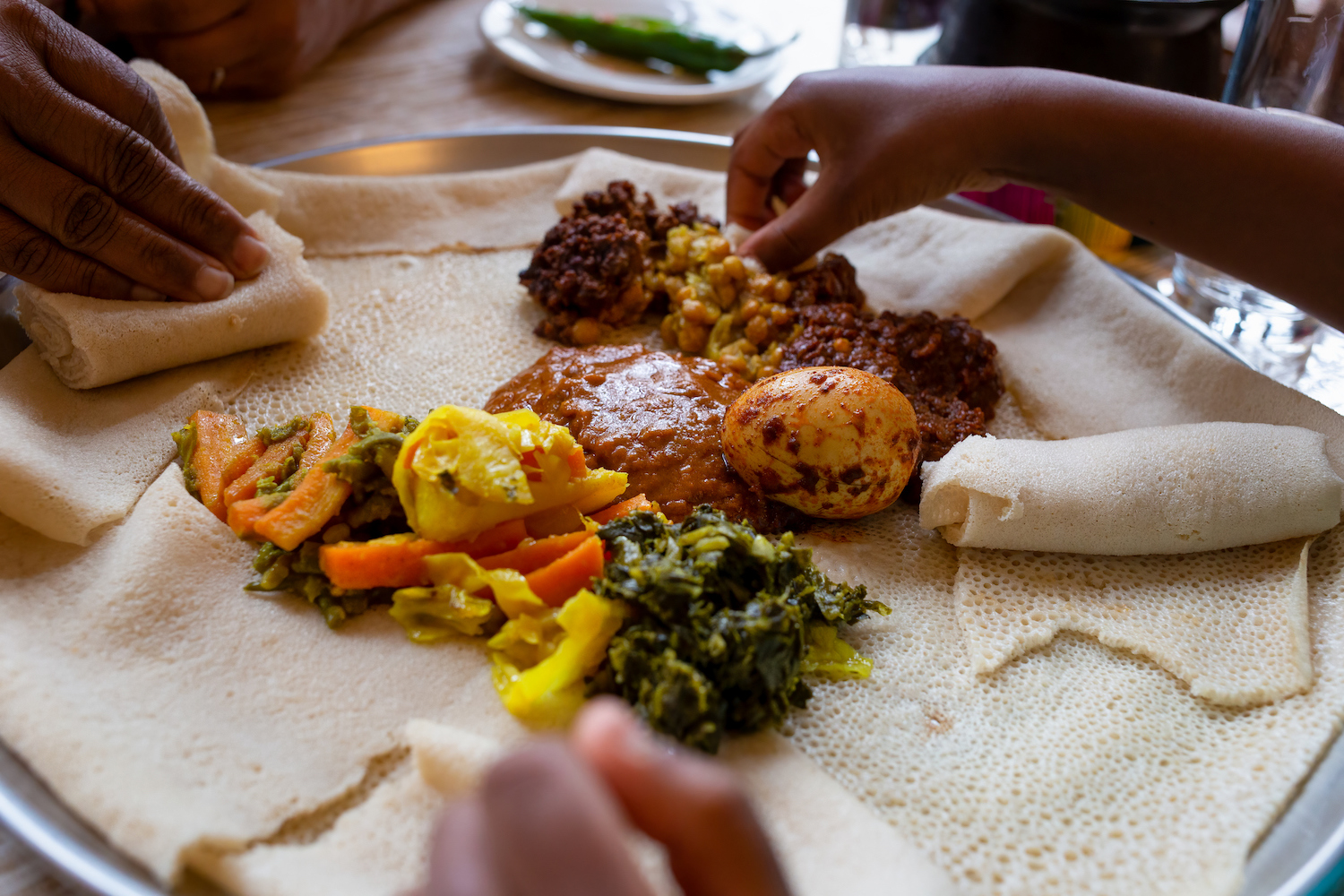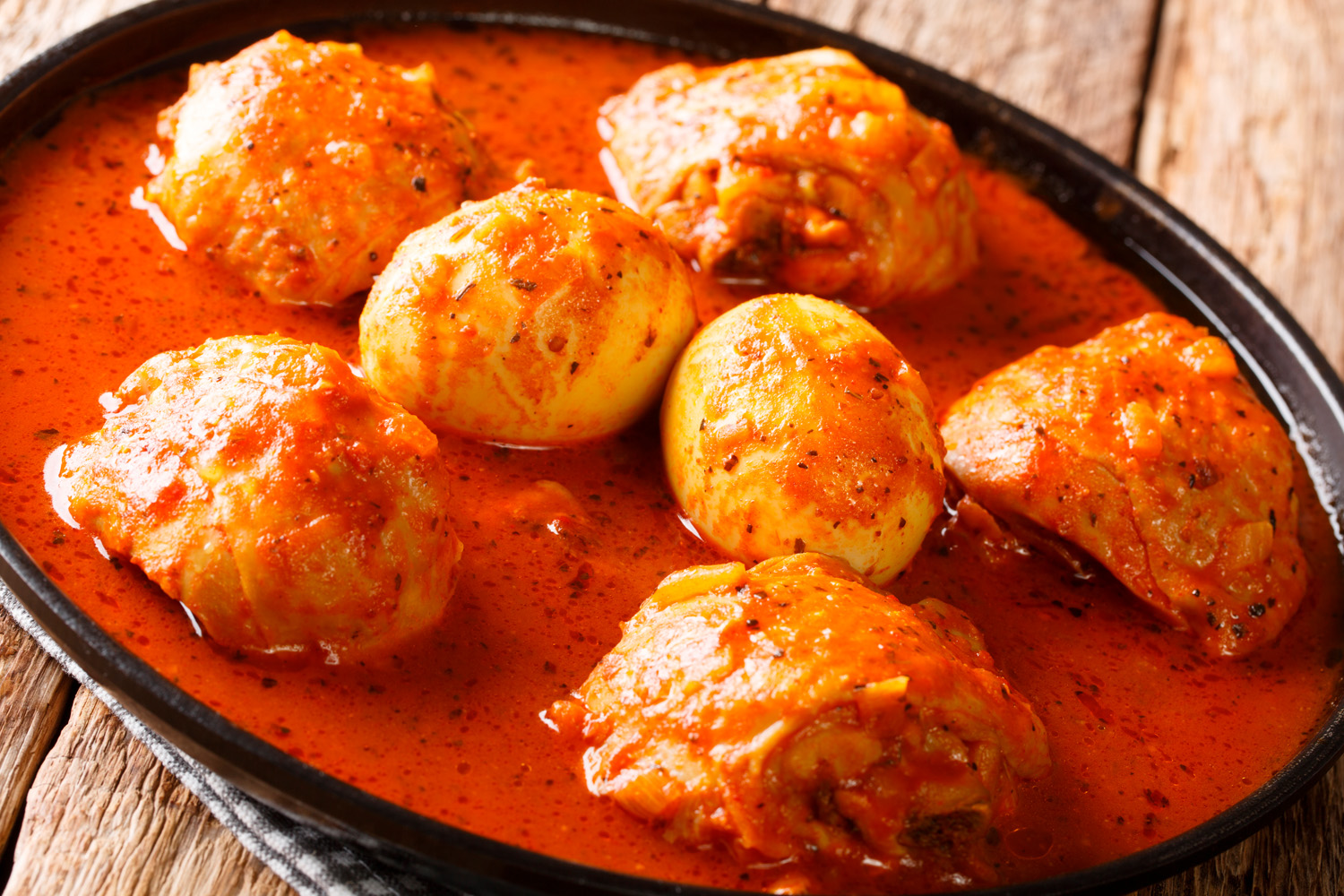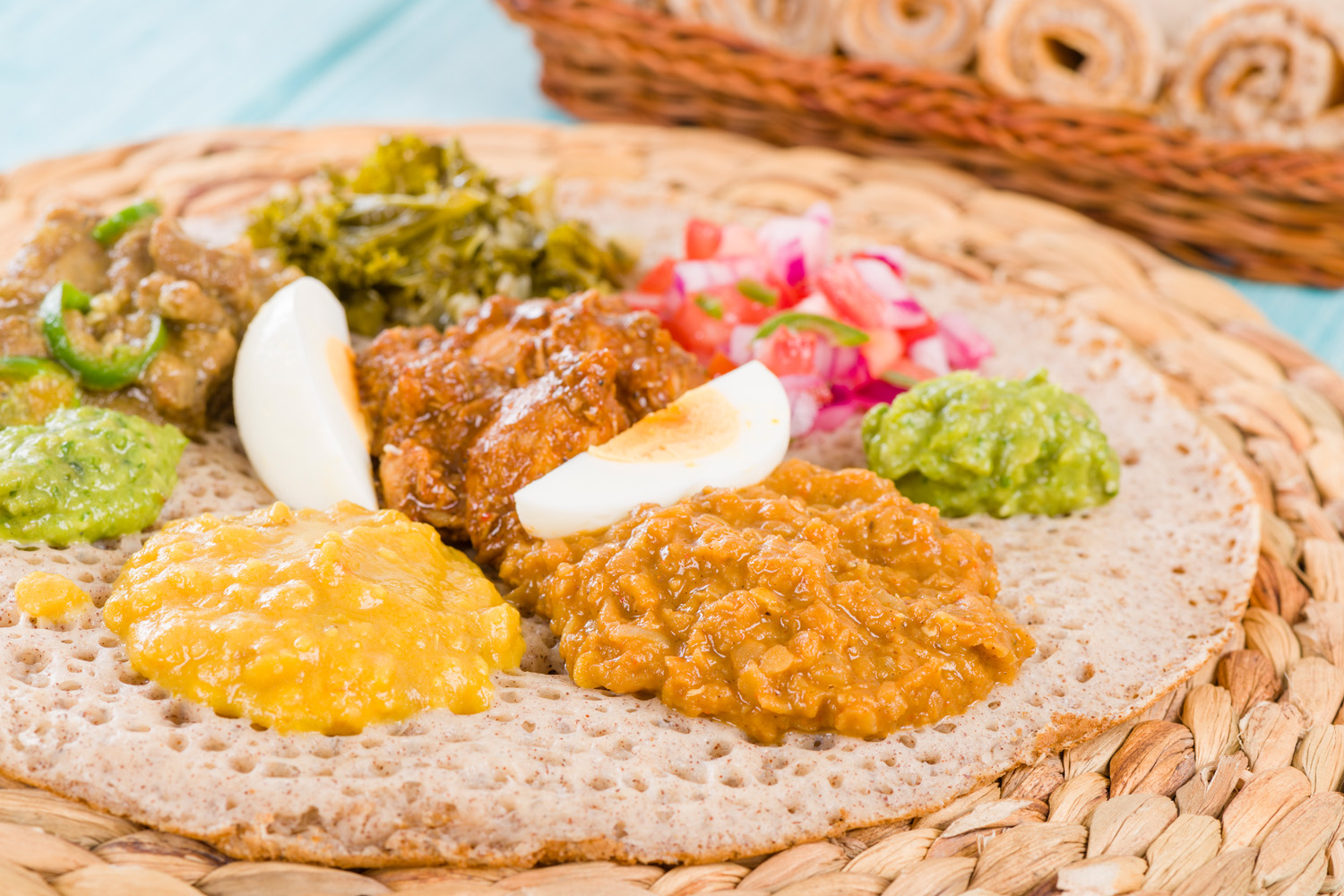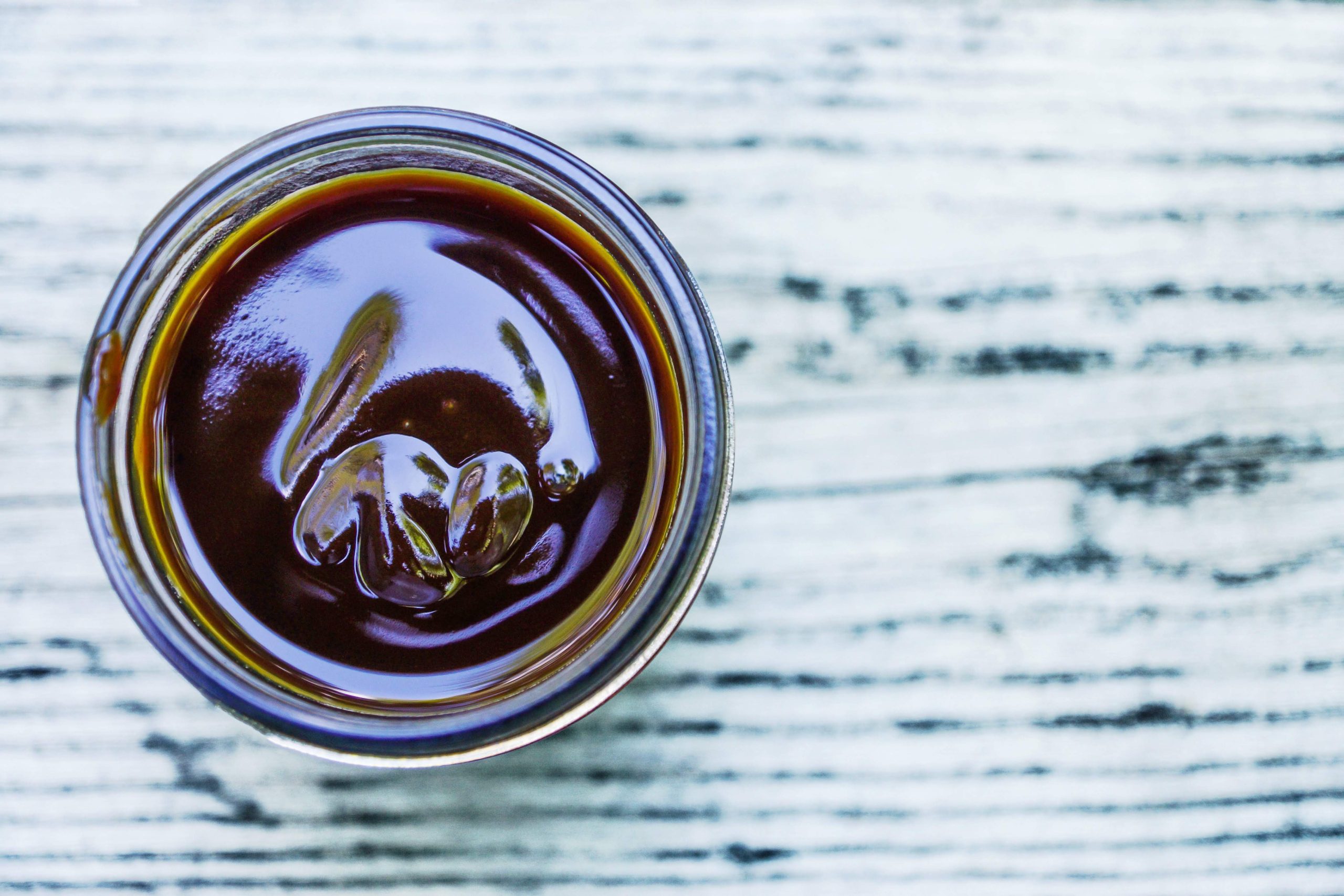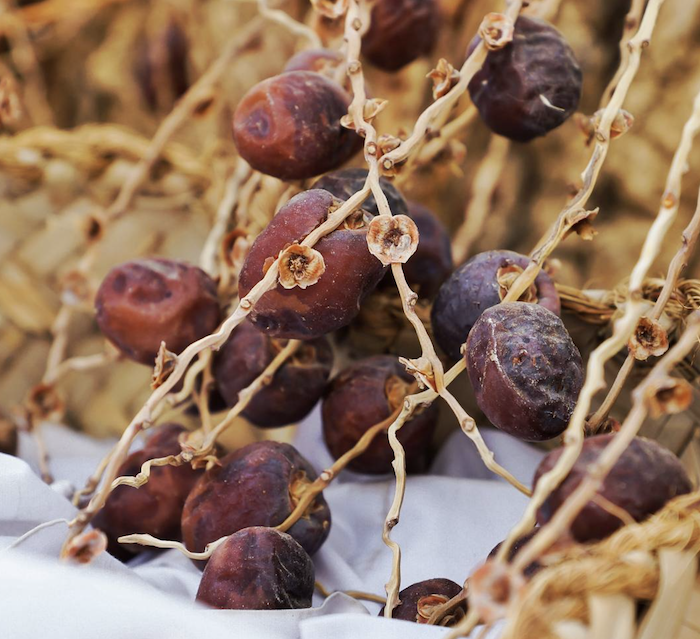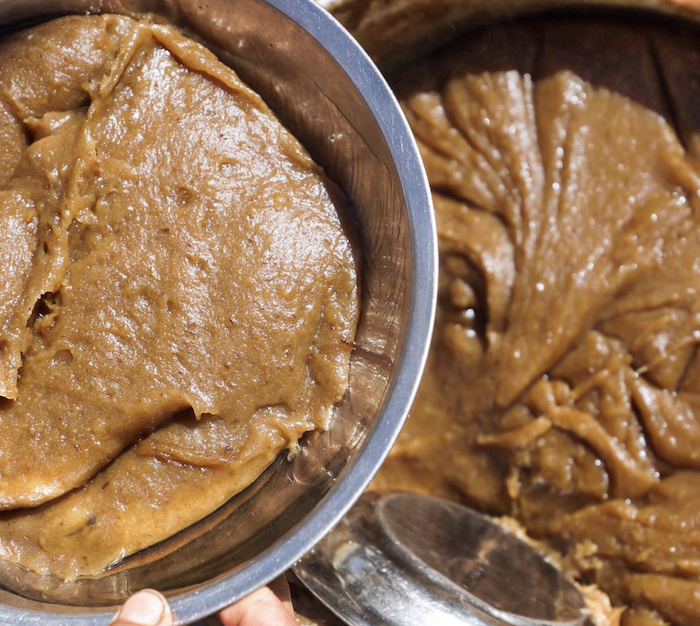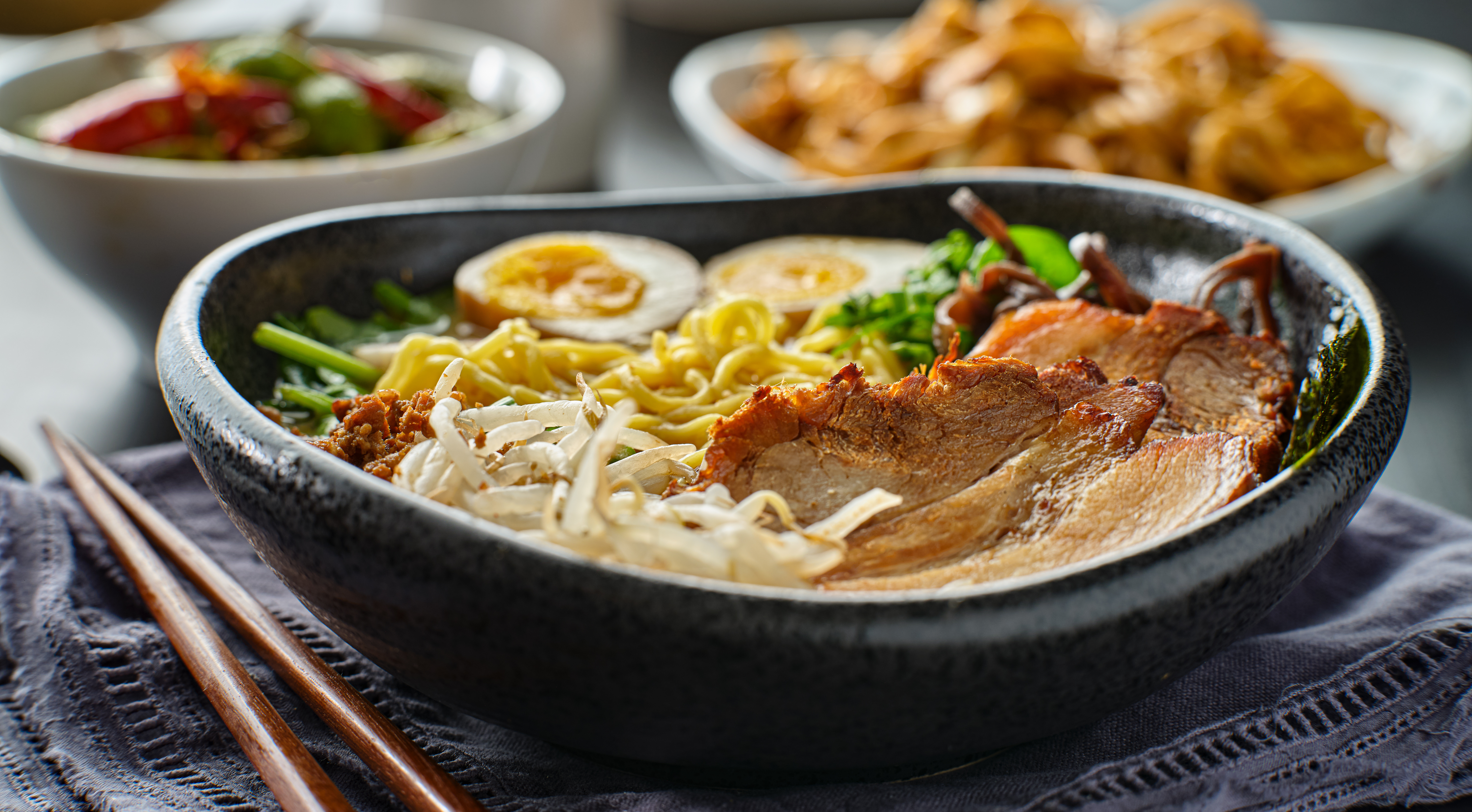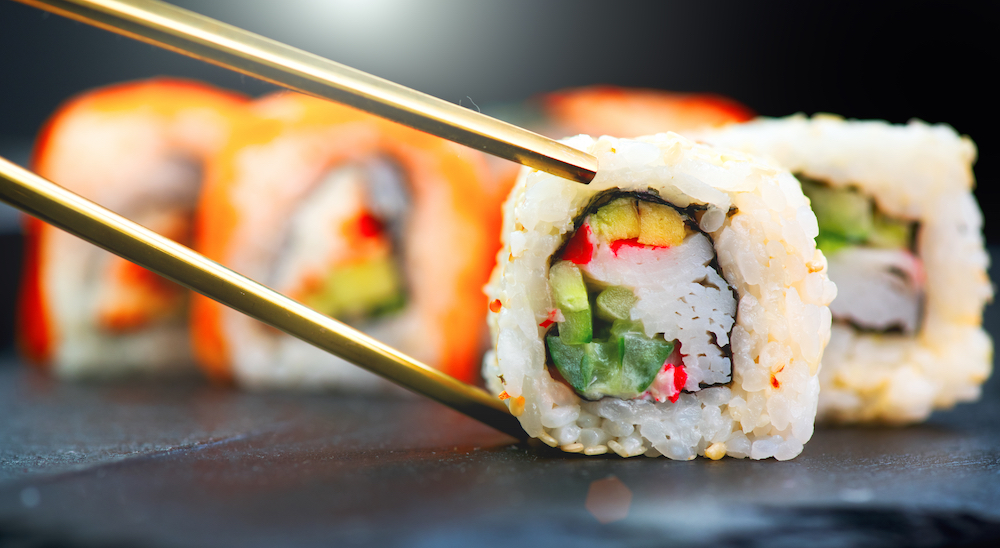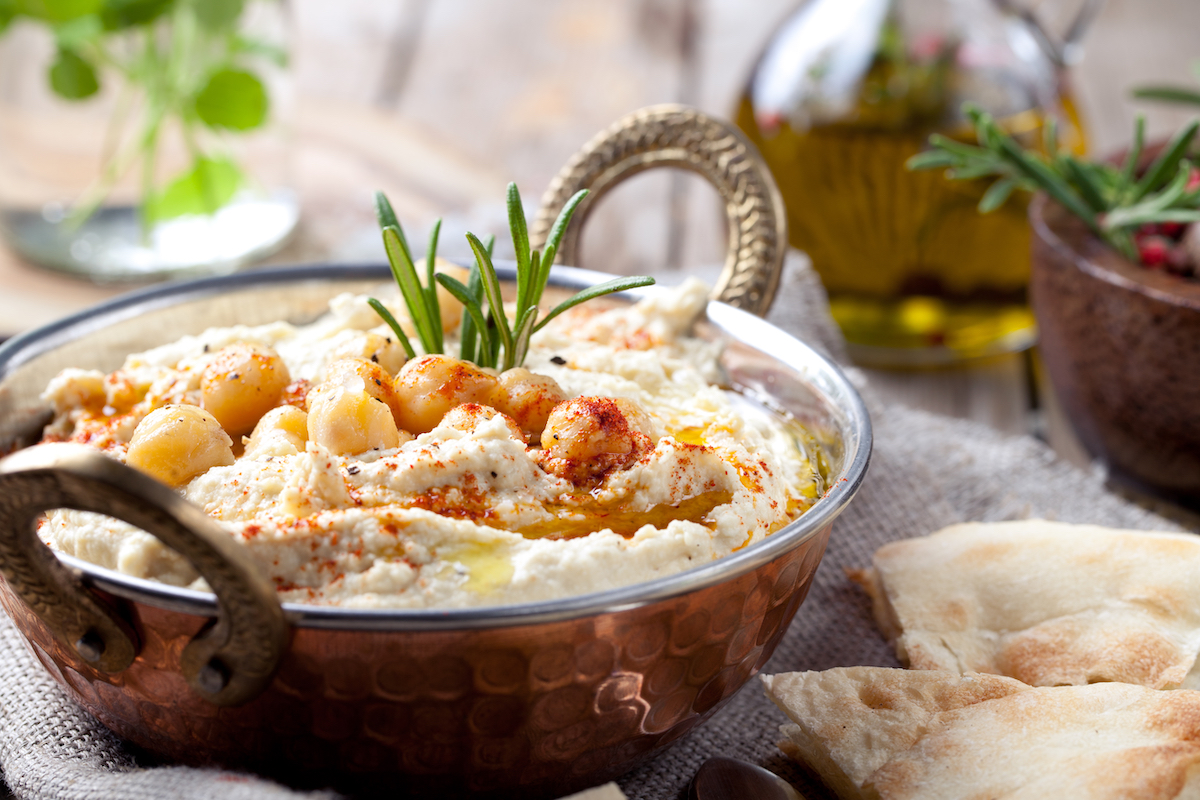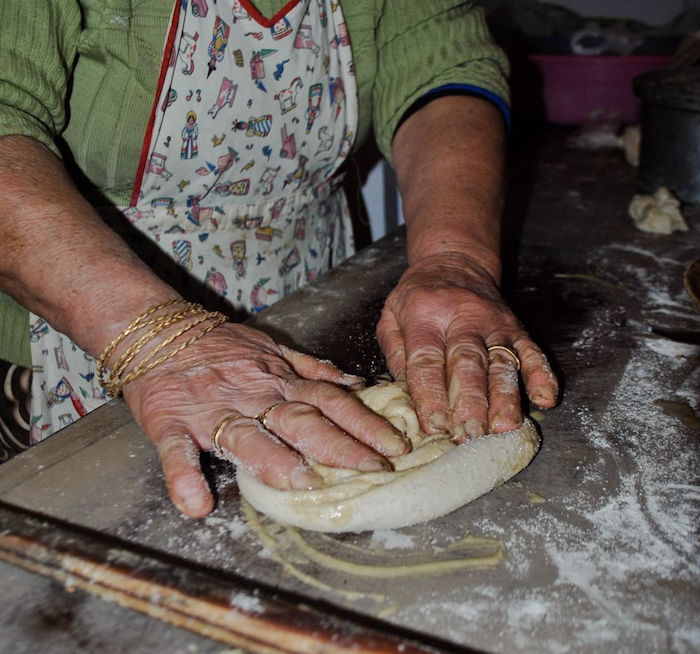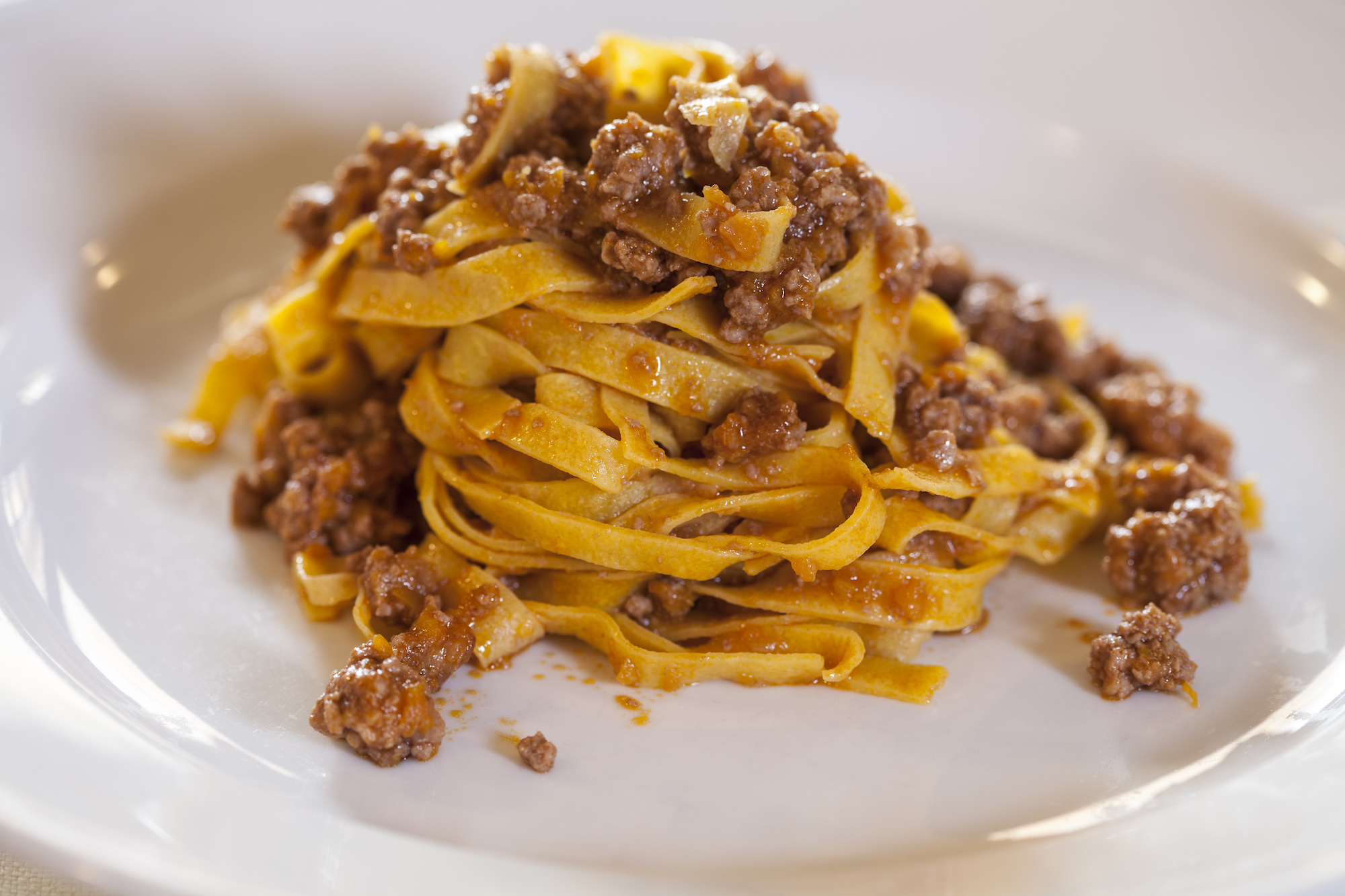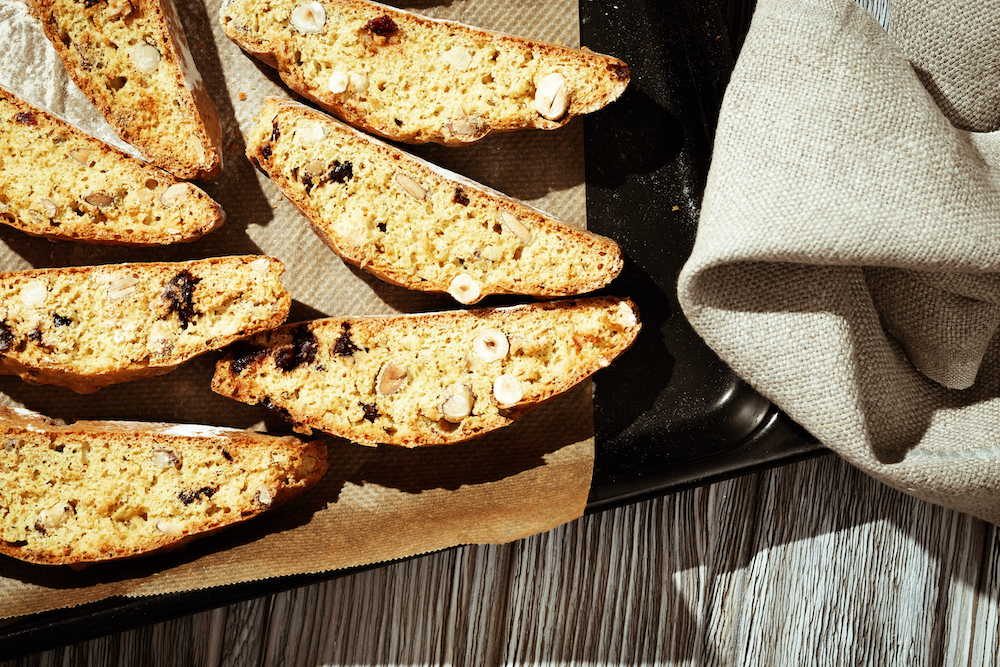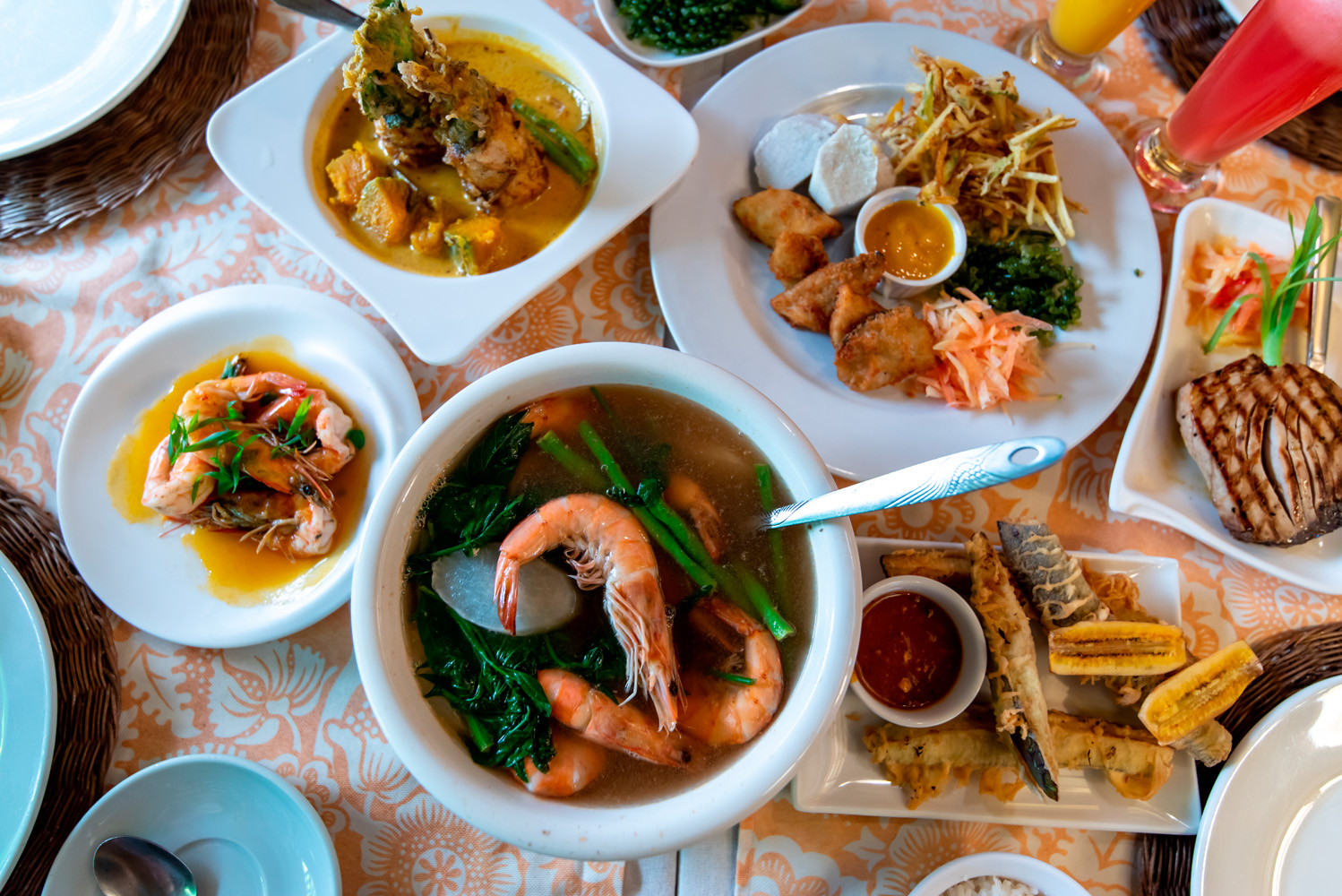
Ever since the first recorded Filipino resident moved to Seattle in 1883, the Filipino community has played a strong role in the history of the city. In 1979, Delores Sibonga became the first member of the Seattle City Council. Bob Santos, a minority-rights activist and member of the Filipino American community of Seattle, was appointed by President Bill Clinton as the representative for the U.S. Department of Housing and Urban Development. And in 1996, Alex Tizon and Byron Achohido won Pulitzer Prizes for their reports in The Seattle Times. The list goes on!
There are thousands of Filipinos who live and thrive in Seattle today, and the Filipino food scene continues to evolve as the community builds new restaurants and experiments with new flavors. Many Filipino chefs tell a story through their food by merging their Filipino roots with their American upbringing. Take Musang, for example. Created by Chef Melissa Miranda, this contemporary Beacon Hill restaurant serves up Filipino dishes with a Pacific Northwest twist. Some of the more famous Filipino dishes they offer are squid ink pancit (noodles), pinakbet (vegetables cooked in fermented fish), short rib kare-kare (oxtail in peanut stew), all of which draw from the local produce of the area. The squid is locally caught by Chef Melissa and her Filipino father.
Musang’s unique food and drinks menu, along with the team’s passion to share Filipino cuisine, has helped Musang grow to international fame. The restaurant was even nominated for the prestigious James Beard Award in 2021. But it’s not just restaurants like Musang helping keep the Filipino spirit alive in Seattle. It’s also brilliant cooks who are delivering food through Shef. So whether you’re in the mood for biko or sinigang, go ahead and place an order today.
Learn more: Adobo and Lugaw: Two of Seattle’s Most Famous Filipino Dishes

